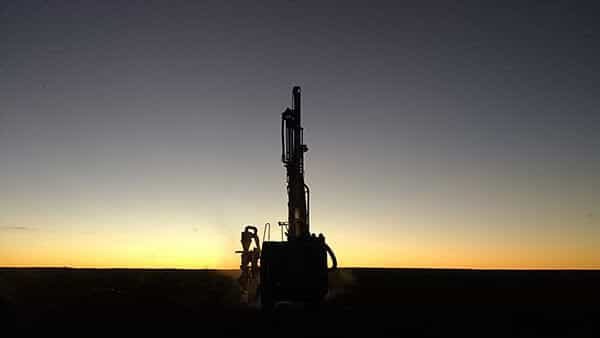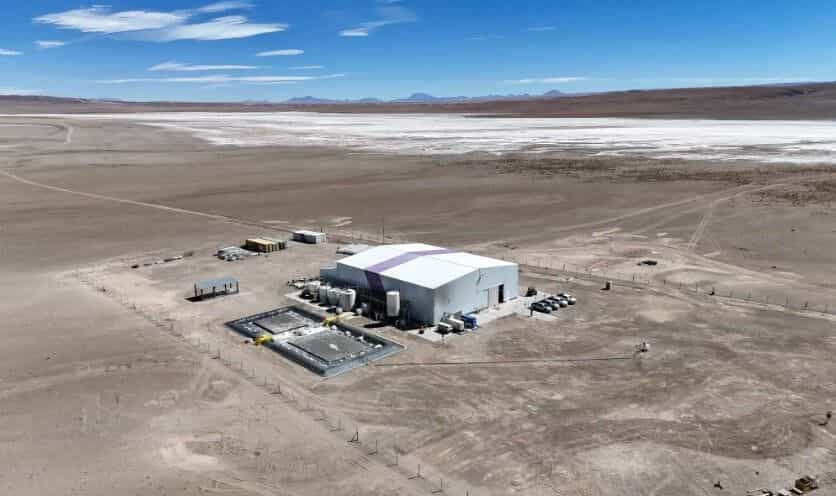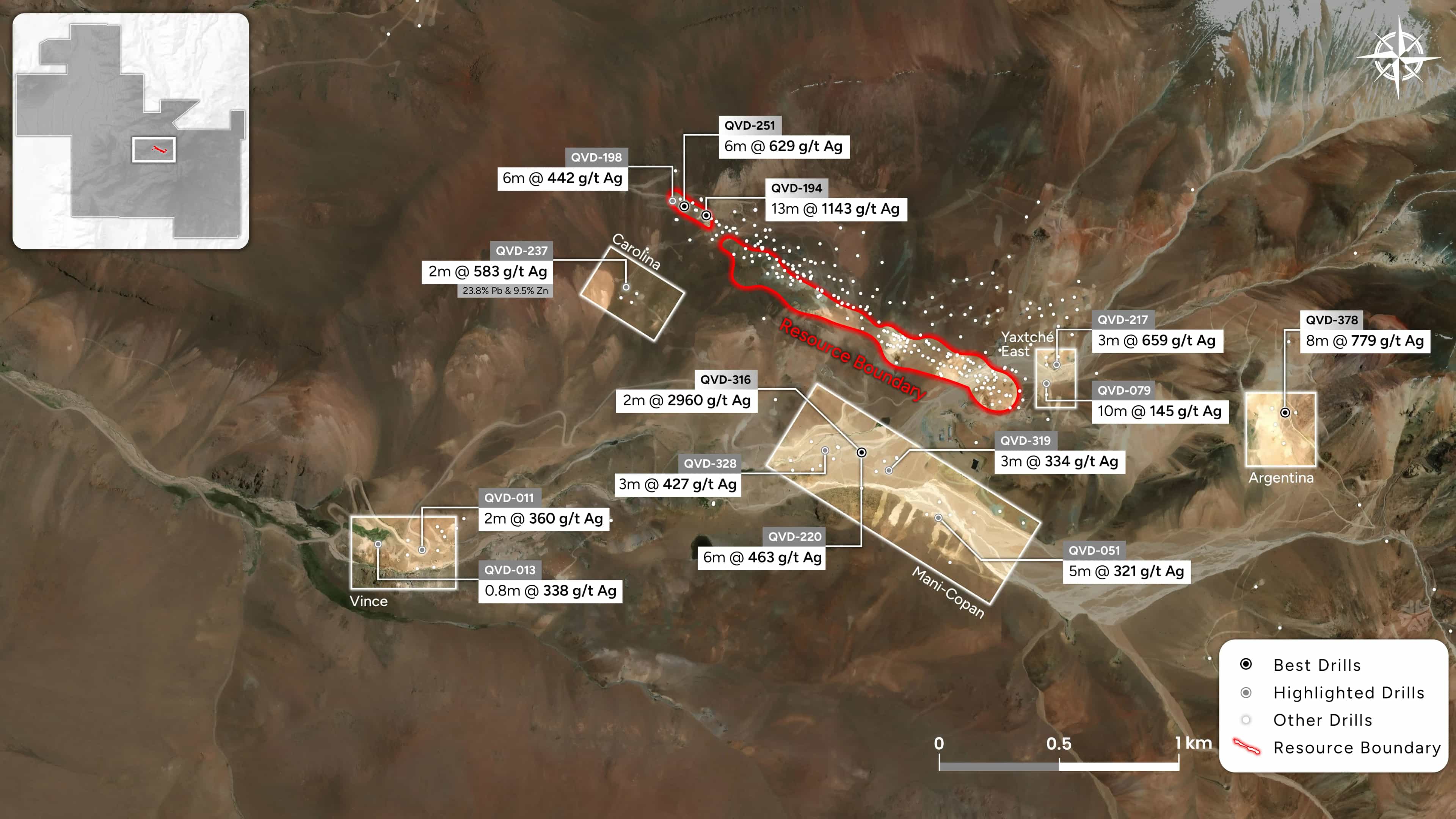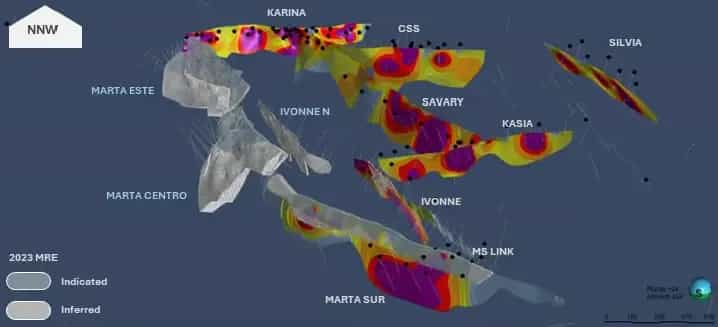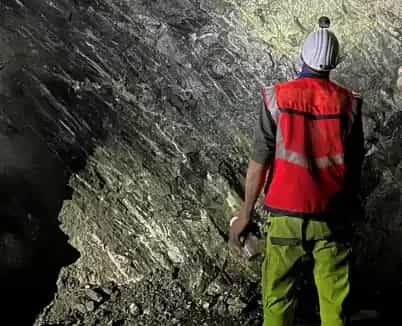The centralization of suppliers in mining operations drives efficiency through inventory optimization, reduction of indirect costs, centralized purchasing, traceability, and risk management.
By Daniel Díaz
Sr. Project Manager, Miebach Peru

Latin America stands as one of the richest regions in natural resources, a factor that has cemented the importance of the extractive sectors in the economic development of its countries. Mining, in particular, has been a key driver, with countries like Chile and Peru leading global production of lithium and copper, respectively. These resources not only attract national investments but also significant foreign capital, which sees continuous growth potential in these countries. Argentina, too, has emerged as a prominent player in the lithium sector, with new mining operations coming online in recent years.
The future outlook is equally promising: Peru anticipates a mining investment portfolio valued at US$54 billion, Chile at US$65 billion, and Brazil at US$64 billion. These investments reflect not only the wealth of Latin America's subsurface but also the growing global demand for strategic minerals such as copper and lithium, driven by the energy transition and the rise of clean technologies. This landscape positions Latin America as a key player in becoming a global hub for sustainable mining.
In this complex and competitive environment, operational efficiency becomes a crucial differentiating factor for mining companies. Suppliers play a critical role in this, whether as mere providers of goods and services or as strategic partners whose collaboration can significantly impact the profitability of mining operations. However, the development of these suppliers remains a significant challenge in the region.
From a logistics perspective, the optimization of the supply of consumables, spare parts, components, equipment, and other inputs to mining sites is a priority. This optimization focuses on ensuring the availability of necessary materials for daily operations and scheduled maintenance, while also controlling and reducing associated costs—an essential factor in an industry where margins can be extremely sensitive to market fluctuations.
Depending on their size, distribution network, and the type of product offered by their suppliers, mining companies must make strategic decisions about the best way to supply their operations. One of the most critical decisions is whether to opt for direct supply to the sites or to centralize storage at a strategic location, ideally near ports or key logistics centers, to then transfer supplies in a consolidated manner to the projects. The latter strategy, centralization, offers a range of advantages that can significantly impact the efficiency and profitability of mining operations.
Benefits of Centralization
Inventory Optimization: Centralizing storage reduces the need for maintaining redundant inventories at multiple locations, significantly lowering associated costs. This strategy allows for better management of critical inventories, ensuring that materials are available when needed without incurring the cost of holding large quantities at various sites.
Reduction of Indirect Costs: By reducing the number of warehouses and the staff required to manage them, companies can achieve significant reductions in indirect logistics costs. Less storage space also means lower maintenance, insurance, and overhead costs, leading to a direct improvement in operational margins.
Centralized Purchasing: Centralization also allows for greater control over the purchasing process, facilitating the negotiation of better prices through volume and improving coordination between different areas of the company. By consolidating purchases for multiple projects, companies can take advantage of economies of scale, thereby reducing the unit cost of products. This is particularly beneficial in the acquisition of expensive equipment and spare parts, where even small price reductions can result in significant savings.
Operational Efficiency: Centralization simplifies inventory management, making it easier to plan and control the materials needed for mining operations. This not only reduces delivery times but also decreases the costs associated with inventory storage and management. More efficient logistics translate into more agile operations, which is crucial for maximizing production and minimizing disruptions.
Improved Supplier Management: Centralizing suppliers allows for stronger and more collaborative relationships with key suppliers. This approach not only facilitates the negotiation of better terms and conditions but can also foster innovation and continuous improvement. A closer relationship with suppliers can lead to the joint development of customized solutions, which in turn can enhance the efficiency and quality of the products and services offered.
Transparency and Traceability: With a reduced number of suppliers and greater centralization, it is easier to monitor and trace the origin and flow of materials. This is crucial for ensuring compliance with industrial and environmental regulations and standards, especially in a context where sustainability and social responsibility are increasingly important for mining companies. Better traceability also helps mitigate risks and better manage any incidents that may occur in the supply chain.
Risk Management: Centralization allows for the implementation of more effective risk mitigation strategies. With greater visibility and control over suppliers and materials, mining companies can anticipate and respond more quickly to any disruptions in the supply chain. This is especially relevant in the mining sector, where disruptions can have significant consequences on production and revenues.
Finally, it is important to highlight that the centralization of suppliers can also benefit from the creation of industrial clusters, based on geographical proximity or a collaborative system among companies. These clusters not only facilitate logistics but also drive innovation and continuous improvement, creating a more competitive and resilient ecosystem.

